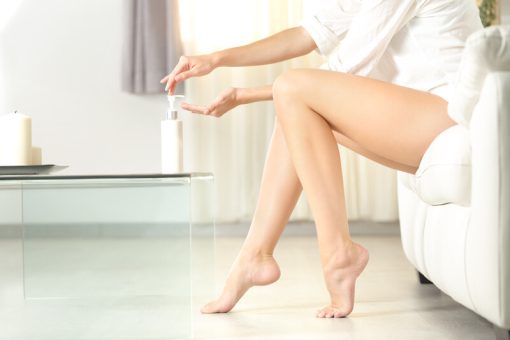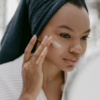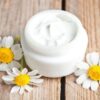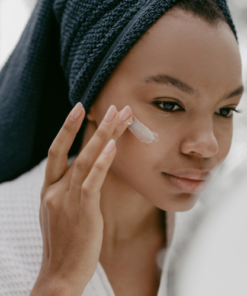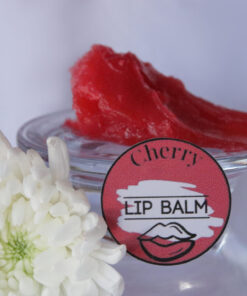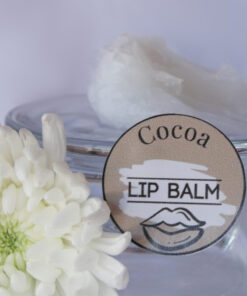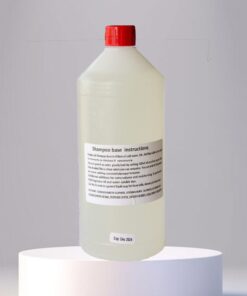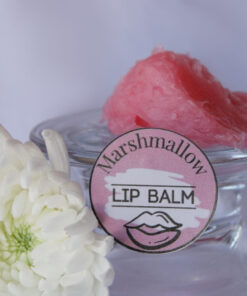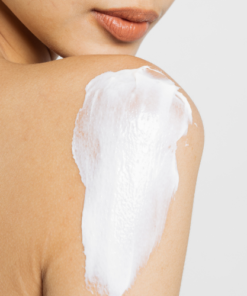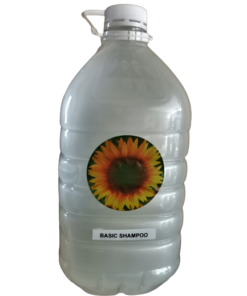Aqueous Cream – 5kg
R480,00
Aqueous Cream – 5kg – Fun with Soap provides high-quality aqueous cream soap, designed to cleanse and moisturise your skin for a refreshing daily wash.
1 in stock
SKU: FWS92497
Categories: Bulk Sales, Prepared Bases
Tags: 5kg, aqueous, bases, bulk, cream, prepared, white label beauty products
Aqueous Cream – 5kg
Hydrating & Gentle Skincare Essential
Aqueous cream is a lightweight, non-greasy moisturizer designed to provide deep hydration and relief for dry or sensitive skin. It is commonly used as a daily moisturizer, cleanser, or soap substitute.
Key Features
- Deep Hydration – Effectively moisturizes and soothes dry, dehydrated skin, leaving it soft and supple.
- Non-Greasy Formula – Absorbs quickly without a greasy residue, making it perfect for daily use.
- Gentle & Mild – Suitable for sensitive skin, including babies and individuals with eczema or other skin conditions.
- Versatile Use – Functions as a moisturizer, cleanser, or a base for mixing with skincare products and medications.
- Hypoallergenic – Formulated to minimize the risk of allergic reactions, making it ideal for sensitive skin types.
- Fragrance-Free Option – Some formulations are free from fragrances, catering to those with sensitivities.
How to Use Aqueous Cream
- As a Daily Moisturizer – Apply a small amount to clean, dry skin. Massage gently in upward motions until fully absorbed.
- As a Cleanser – Use as a gentle cleanser by massaging onto wet skin and rinsing thoroughly.
- As a Soap Substitute – Ideal for individuals with dry or sensitive skin as a gentle alternative to soap during bathing or showering.
- Mixing with Medications – Can be used as a base for mixing prescribed treatments, as directed by a healthcare professional.
Benefits of Aqueous Cream
- Provides long-lasting hydration.
- Gentle and suitable for all skin types, including sensitive skin.
- Can be used as a cleanser or a soap substitute.
- Acts as a versatile skincare essential for multiple uses.
Ingredients in Aqueous Cream
- Water (Aqua) – Forms the base of the cream.
- Liquid Paraffin (Mineral Oil) – Softens and moisturizes the skin.
- White Soft Paraffin – Retains moisture and forms a protective barrier.
- Cetostearyl Alcohol – Stabilizes the mixture of oil and water.
- Sodium Lauryl Sulfate – Aids in emulsification.
- Chlorocresol – Preserves freshness and prevents microbial growth.
- Glycerol (Glycerin) – Attracts moisture to keep the skin hydrated.
- Phenoxyethanol – Acts as a preservative against contaminants.
- Cetomacrogol Emulsifying Wax – Blends oil and water-based ingredients.
- Benzalkonium Chloride – Preservative with antiseptic properties.
- Purified White Soft Paraffin – Traps moisture for extended hydration.
- Liquid Paraffin – Enhances skin lubrication.
- Emulsifying Wax – Aids in combining oil and water-based ingredients.
Conclusion
Aqueous cream is a must-have for anyone seeking a gentle, effective skincare solution. Whether used as a moisturizer, cleanser, or soap substitute, it delivers hydration and protection for all skin types. Ideal for daily use, it keeps your skin soft, smooth, and well-nourished. Order your 5kg tub today and experience its versatile benefits!
| Weight | 6,00 kg |
|---|---|
| Dimensions | 30 × 30 × 30 cm |

